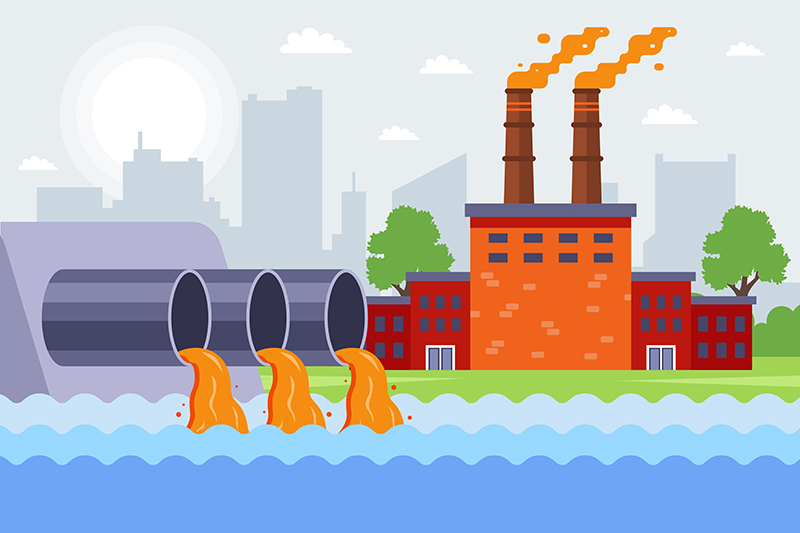জুলাই . 12, 2024 11:58
Back to list
Quality improvement with pam polyacrylamide for enhanced product performance and efficiency
Polyacrylamide (PAM) is a type of synthetic polymer that is widely used in various industries due to its unique properties. This versatile substance has gained popularity for its ability to improve the efficiency of wastewater treatment, enhance soil stability, and even aid in various industrial processes.
One of the key applications of PAM is in wastewater treatment. When added to water, PAM molecules attract and bind to suspended particles, organic matter, and other pollutants, forming larger flocs that can be easily removed through filtration or sedimentation. This process, known as flocculation, helps to clarify the water and remove contaminants, making it safer for discharge or reuse.
In agriculture, PAM is used to improve soil stability and reduce erosion. By applying PAM to the soil surface, farmers can reduce soil erosion caused by water runoff and wind. The polymer molecules bind to soil particles, increasing their cohesion and preventing them from being washed or blown away. This helps to maintain soil structure, improve water infiltration, and enhance the sustainability of agricultural practices.
PAM is also used in various industrial processes, such as mining, papermaking, and oil recovery

pam polyacrylamide. In mining operations, PAM is added to the processing water to separate valuable minerals from gangue, improving the efficiency of mineral extraction. In the papermaking industry, PAM is used as a retention aid to improve the drainage and retention of fibers in the paper pulp, resulting in better paper quality. In oil recovery, PAM can be injected into oil wells to improve the flow of oil and increase extraction rates. Despite its many benefits, the use of PAM has raised some environmental concerns. When PAM is released into the environment in large quantities, it can accumulate in water bodies and soil, potentially causing harm to aquatic organisms and ecosystems. To address these concerns, researchers are developing more eco-friendly versions of PAM that are biodegradable and less harmful to the environment. In conclusion, PAM is a versatile polymer with a wide range of applications in wastewater treatment, agriculture, and industry. Its ability to improve the efficiency of various processes, enhance soil stability, and reduce erosion make it a valuable tool for sustainable development. As research continues to improve the environmental impact of PAM, its use is likely to continue growing in the future.

pam polyacrylamide. In mining operations, PAM is added to the processing water to separate valuable minerals from gangue, improving the efficiency of mineral extraction. In the papermaking industry, PAM is used as a retention aid to improve the drainage and retention of fibers in the paper pulp, resulting in better paper quality. In oil recovery, PAM can be injected into oil wells to improve the flow of oil and increase extraction rates. Despite its many benefits, the use of PAM has raised some environmental concerns. When PAM is released into the environment in large quantities, it can accumulate in water bodies and soil, potentially causing harm to aquatic organisms and ecosystems. To address these concerns, researchers are developing more eco-friendly versions of PAM that are biodegradable and less harmful to the environment. In conclusion, PAM is a versatile polymer with a wide range of applications in wastewater treatment, agriculture, and industry. Its ability to improve the efficiency of various processes, enhance soil stability, and reduce erosion make it a valuable tool for sustainable development. As research continues to improve the environmental impact of PAM, its use is likely to continue growing in the future.
Share
Latest news
-
Pbtc Scale InhibitorPBTC: A Scale Protector for Industrial Water TreatmentNewsAug.05,2025
-
Organic Phosphonate: An Efficient Defender in the Field of Scale InhibitionNewsAug.05,2025
-
Hydrolyzed Polymaleic Anhydride: Green Pioneer in Scale Inhibition FieldNewsAug.05,2025
-
PAPEMP Polyamino Polyether Methylene Phosphonic Acid For SaleNewsAug.05,2025
-
Flocculant Water Treatment: A Pioneer in Purification in the Field of Water TreatmentNewsAug.05,2025
-
Benzyl Isothiazolinone: An Efficient and Broad-Spectrum Antibacterial Protective GuardNewsAug.05,2025





